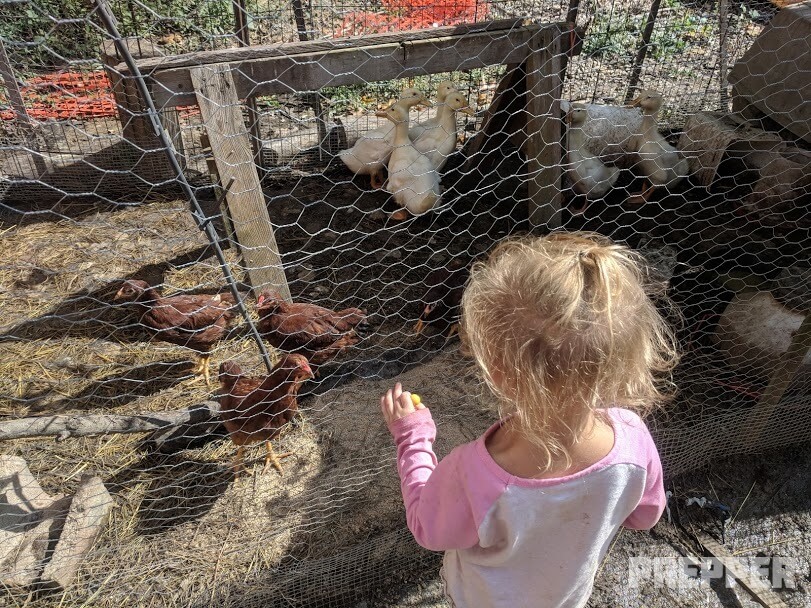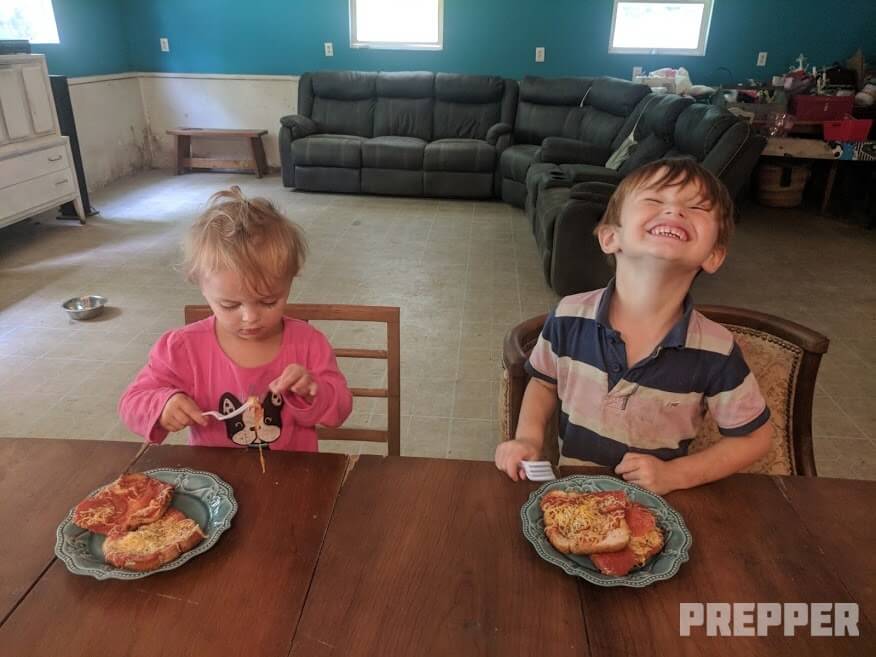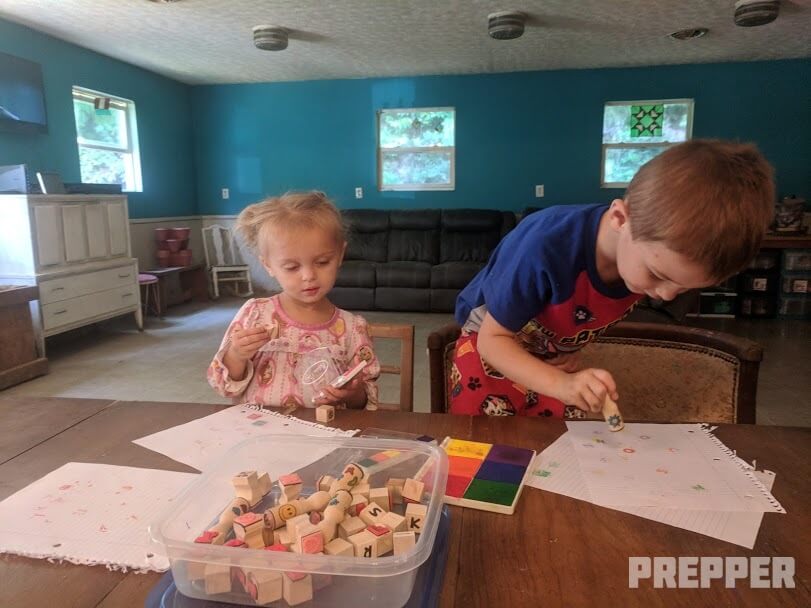Making the transition from public school (or “government school” as I prefer to call it) is not always seamless or easy, but it is well worth the effort. There are approximately five million prepping families in the United States, and the bulk of them choose to homeschool for several reasons.
Parents in all 50 states can now legally homeschool their children without jumping through a plethora of hoops. While this has paved the way for parents to opt out of government school more easily and in record numbers, the home education rules can still vary greatly by state.
The transition from public school to homeschooling really begins long before you start teaching your children at the kitchen table. To avoid unnecessary delays and legal complications, parents should learn the specific homeschooling rules in their state and make sure they follow them to the letter and keep all documentation of the process close at hand after initially removing their children from the conventional classroom.
State Homeschooling Rules Explained

Homeschooling prepper children (or any children) should not take place seated at a table or entirely inside. Teach your children both responsibility and self-reliance skills by including them in the daily chores. Even preschool age children can learn how to collect eggs and care for small livestock while learning about farm animals. Reading a storybook to the children about chickens, using downloaded free printables matching the same theme to teach letters, numbers, and agricultural science, turns helping with daily chores into an all-inclusive educational lesson.
Educational Requirements for Parents
Some states require parents to have between a high school diploma and a bachelor’s degree in any field. Most states mandate a home teaching parent have only a high school diploma. Your state department of education website can detail the specific educational requirements where you live. States that demand an educational achievement minimum from parents include: Georgia, North Carolina, New Mexico, North Dakota, Ohio, Tennessee (if the children are high school age) South Carolina, Pennsylvania, Washington, West Virginia, and Virginia.
School District Notification
Some states do not mandate that parents notify the local school district of an intention to home school a child when he or she becomes school age. But, the school district must be notified about plans to educate children at home if the student is being removed from the public school district.
Most states require a parent to notify the school district of an intention to remove or neglect to enroll a child in favor of homeschooling. The majority of states also require a student participate in school a specific number of hours per year, many mandate some specific subjects be covered, and require annual achievement tests be taken to prove learning is actually occurring inside the home.
Why Preppers Choose Homeschooling
Safety
Prepping parents do not want their children to go to school that is protected by an unarmed staff – essentially reducing their beloved offspring to vulnerable slowly moving targets. If a child is miles away when the SHTF, their chances of survival are greatly diminished.
Curriculum Quality
If you want your children to learn American history, respect for the Constitution, grammar, and learn at a base that has not been dumbed down to meet the pace of an overcrowded classroom, especially one with a significant number of English as a second language students, public school is probably not your best bet.

Homeschool Transition Period
Once you have made the important decision to homeschool your children and have completed all the necessary forms and are armed with the knowledge you need to remain in government compliance, it is finally time to launch your home education program.
This is where things can get a little bit tricky, at least as far as your sanity is concerned. There is absolutely no reason to replicate the sitting in a seat all day for learning that occurs at a government school. In fact, there is every reason not to go that route when transitioning to a homeschool environment.
But, if your children have been attending a government school, expect them to be out of sorts, generally confused, and easily frustrated by the sudden change in environment and routine.
Children might claim to hate everything about going to school, but have been conditioned to that particular routine five days a week for years. They will often have trouble adapting to a less formal mode of learning. Expect this and plan to meet their frustration with as much calm and patience as you can muster.
Typically it takes children at least several weeks to transition from public school to homeschooling and become comfortable and familiar with their new routine – no matter what type of home education discipline you plan to follow.
Scheduling The Homeschool Day

The education of the children can begin with morning chores and helping to make their own breakfast – or some seat work while still wearing their pajamas. Have a basket or tub of interactive educational manipulatives and paper on the table for an independent or parent-led educational session. This type of activity will feel more like “school” to them. Ink and stampers can be used to reinforce what the children are learning on the survival homesteading retreat when taking care of animals or exploring the woods, be used to teach and match colors, letters, and numbers, to spell their name and other words, or to create and then answer their own math problems.
To ease the transition for children who had attended government school, you might want to have a more structured routine for the first month. Although I would never recommend sitting the children at a table to learn during a typical four to five hour homeschool day, engaging in an hour or so of seat work can help settle the children into their new schedule because such activity feels not only familiar, but something they are capable of accomplishing successfully.
The freedom of homeschooling is something the children will grow to cherish and ultimately they will flourish in such an interactive and “learning is fun” style of education. But, until they have grown accustomed to being educated without traditional textbooks, not having to pack around heavy binders and doing hours of homework at night, they can feel more than a bit adrift.
Ideally, you can blend their old and new schooling experience by instructing them indoors, at a table, with some computer educational time if you desire, during the morning hours and then going on learning adventures outside in the afternoon.
Start weaning them away from their old school routine little by little after week one. By the end of about four weeks, they should be grounded, excited, and inspired enough by the new way of learning at home you have introduced, to never want to spend time at a table completing printed worksheets ever again.
Conclusion
Remember, you are as new to this process as the children are, so cut yourself some slack when putting on the teacher hat and removing the parent hat – expect a lot of trial and error during the entire first year learning together at home.


